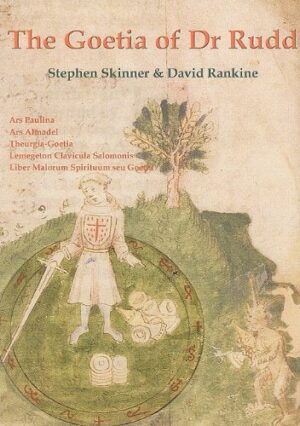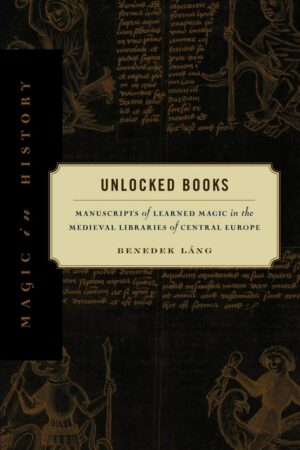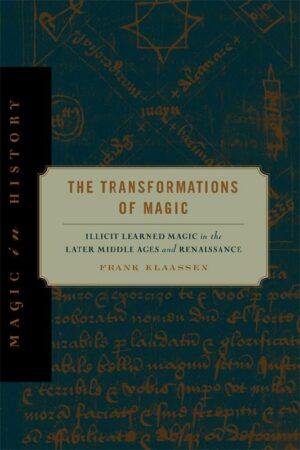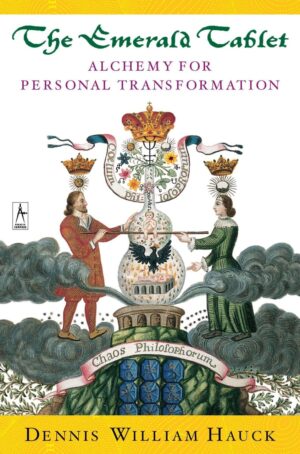Skip to content
"The ancient world of Egypt, Greece, and Rome was home to a set of magical and spiritual technologies, called theurgy, that unite the practice of magic with the aims of religion. Theurgy, or "godwork," is the art of creating a stronger bond between the theurgist and his or her deities. The results of this stronger bond were imminently practical: stronger magic, more meaningful existence, and a better life. With the fall of Rome, these techniques faded into obscurity, and many of them were lost forever.
This book revives, restores, and reinvents these practices for a contemporary pagan or magical practitioner. A mixture of scholarly research and examination of source texts and daring experimentation and extrapolation...>>
"During the Middle Ages, the Western world translated the incredible Arabic scientific corpus and imported it into Western culture: Arabic philosophy, optics, and physics, as well as alchemy, astrology, and talismanic magic. The line between the scientific and the magical was blurred. According to popular lore, magicians of the Middle Ages were trained in the art of magic in "magician schools" located in various metropolitan areas, such as Naples, Athens, and Toledo. It was common knowledge that magic was learned and that cities had schools designed to teach the dark arts. The Spanish city of Toledo, for example, was so renowned for its magic training schools that "the art of Toledo" was synonymous with...>>
"In this original, provocative, well-reasoned, and thoroughly documented book, Frank Klaassen proposes that two principal genres of illicit learned magic occur in late medieval manuscripts: image magic, which could be interpreted and justified in scholastic terms, and ritual magic (in its extreme form, overt necromancy), which could not. Image magic tended to be recopied faithfully; ritual magic tended to be adapted and reworked. These two forms of magic did not usually become intermingled in the manuscripts, but were presented separately. While image magic was often copied in the fourteenth and fifteenth centuries, The Transformations of Magic demonstrates that interest in it as an independent genre declined precipitously around 1500. Instead, what persisted was the...>>





